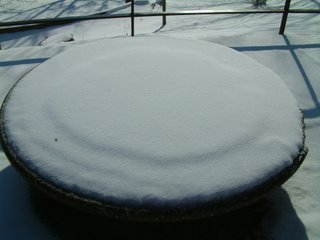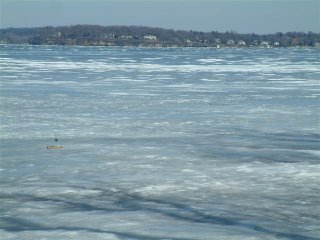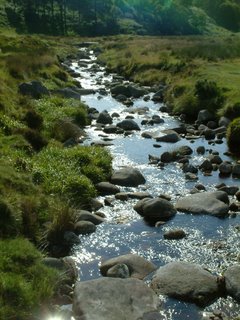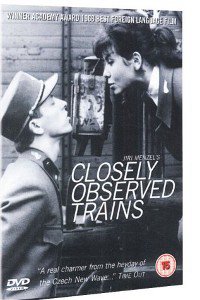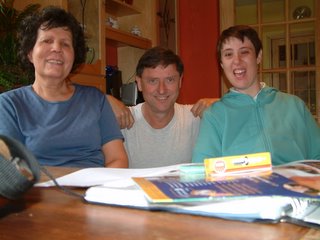"Radio", she said, "is my favourite media."
Latin: There's the adjective,
medius, media, medium (mid, etc.), which agrees in gender, number, and case with the noun it qualifies. The derived neuter noun
medium (middle, etc.)
is declined
medium, medii (genitive sing), etc., and
media (nominative plural).
This root gives us:
English: medium, median, mediate, mediator, mediatrix, immediate, etc.
When used for a mediatrix between the living and the dead,
medium has usually had the plural
mediums. In all other cases, people like me use
media. Fowler
noted the use of
mediums by a minority. Television is a medium of communication, as are radio, the print media, town criers, speech, braille, and tom-toms.
At some point, people started distinguishing
the mass media, and then this was shortened
to
the media. Then an interesting thing happened.
Latin: Common first-declension feminine nouns end in -a. Most school grammars illustrate this by using
puella (girl), but the Christian Brother who wrote my first text (in Irish) didn't want us thinking about girls, and used
mensa (table). The nominative singular -a becomes
-ae in the genitive singular and nominative plural:
puellae (don't think about them),
mensae (tables).
English: Most Latin words carried into English that end in -a are feminines. For instance,
formula, patina, patella, villa. Literate people tended to use the Latin form of the plural, such as
formulae, although I've never seen
villae. (Funny the way these icons for bold and italic work! Not like the usual wisiwig.) The ending -as had its supporters as well. Others, noticing this, aped the practice, and invented a rule (as we are hard-wired to do): "Fancy words ending in -a are singular, and the plural is constructed by changing to -ae if you want to be pretentious, but -as is fine for most purposes". Works well in many cases, but comes to grief on cases such as
data - plural of
datum, a given thing, from
do, dare, dedi, datum (I give, to give, I gave, given);
phenomena - plural of phenomenon,
Greek, a sneaky one that;
agenda - plural of the gerund
agendum, thing that has to be done, from
ago, agere, egi, actum (I do, etc.); incidentally, the
cetera in
etcetera is the plural of the neuter
ceterum (residue).
Which brings us back to
media. Obviously singular, by the "rule"; most commonly used as a synonym for television.
It offends my ear, but the truth is that living language mutates continually. It is quite acceptable now to say
this data, or
these medias. The only thing to regret, if there is any point in regretting anything about all this, is that educated younger folk are no longer in touch with the roots of our civilization and language. Something lost there, perhaps. Then again, perhaps it was all a burden, holding us back.
